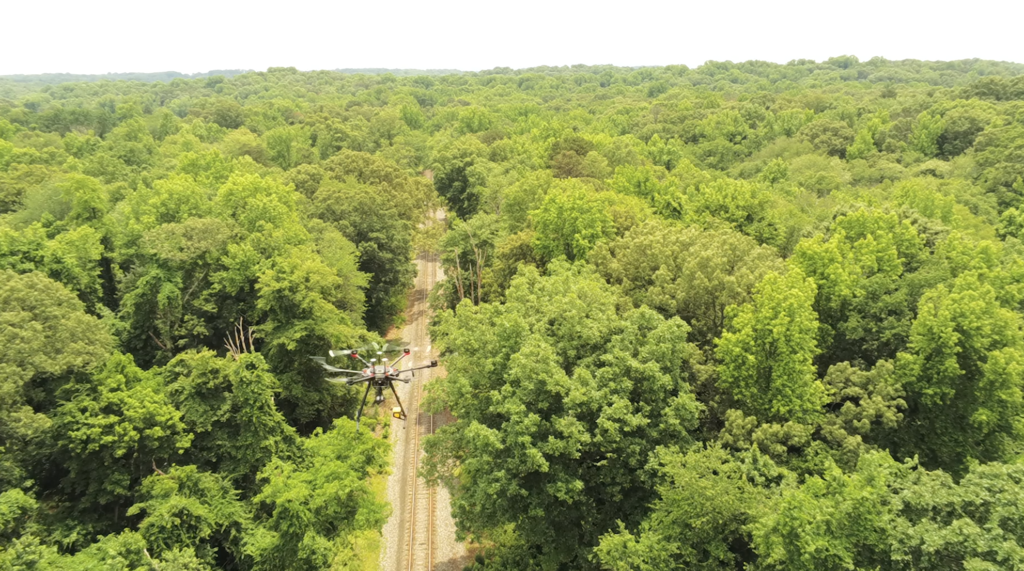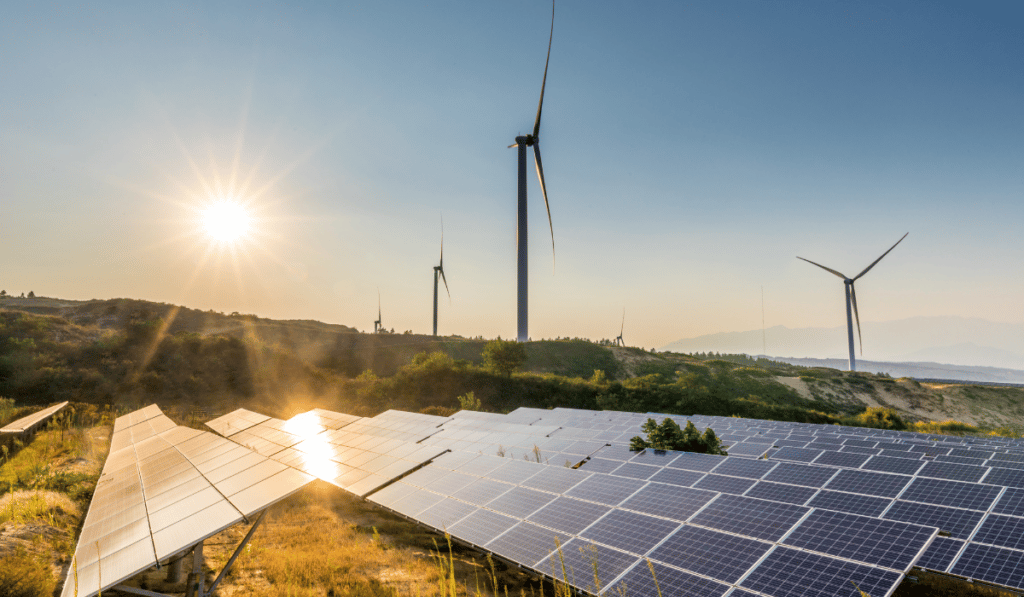The Key Carbon Tracking Solutions Drones Provide
Providing a safe, cost-effective solution, using drones for carbon tracking makes perfect sense.
In January 2023, historic storms drenched California. The unexpected deluge of water in a region plagued by droughts created a dangerous combination of floods and mudslides.
Tragically, at least 22 people were killed, and an estimated $30 billion in damages and economic loss resulted from the extreme weather event. Many regions of the world have similar stories to tell in the last few years.
As I mapped some of the areas hardest hit by flooding, flying my drone over what were normally roadways and fields – now drowned in a sea of water, my thoughts drifted toward climate change, .
Many recent events, like the flooding in California, have placed an even greater focus on the climate crisis.
Carbon tracking has become a significant initiative as the global community looks for solutions to the problem. As climate-related events occur more often and with greater severity, there remains little doubt the crisis is real.
One method of combating the issue has been carbon tracking. Carbon tracking aims to measure emissions from sources such as vehicles, factories, and power plants, and combining that data with mathematical models for analysis.
Through carbon tracking, we better understand the level of carbon being produced, and can then make efforts to counter its effects on the world.
While a daunting task, drones are becoming a critical part of the carbon tracking solution.
Let’s break it down.
Using Drones for Carbon Tracking in Industry
It’s no secret that industrial facilities can significantly contribute to greenhouse gases like carbon dioxide.
In the United States, for instance, industry in general accounts for 24% of carbon emissions produced.
Although tracking emissions has proven difficult over the years, the use of UAV technology is starting to change that.
So, how does it work? How can drones really help with carbon tracking in industry? Aren’t drones just flying cameras?
No, not quite. With today’s technology, they’re far more advanced than ever before. Properly equipped, drones are essentially flying monitoring stations, able to detect a huge assortment of gasses, pollutants, and nearly anything else you need.
For instance, drones equipped with special sensors can monitor leaks in storage tanks and pipelines. With these sensors, drones easily detect gases such as carbon and methane.
Drones can alert facility operators to the problem and minimize environmental damage when a leak occurs. This early detection also helps save industrial facilities money and improve efficiencies.
Employing UAV technology for this task is a win-win situation for both plant operators and the planet.
Alternative Energy Sources
Electricity and heat production are globally the largest producers of carbon emissions. While monitoring emissions is helpful, focusing on alternative energy sources offers a greater impact.
Power can be generated by solar, wind, hydroelectric, and geothermal methods, to name just a few. Anything that helps make these energy sources more productive directly impacts carbon emissions.
Drones help to inspect these facilities and keep them operational.
In many cases, drones can complete detailed inspections in a fraction of the time a person could manually complete the task.
Additionally, UAVs remove humans from dangerous situations during inspections, such as working at heights. Numerous alternative energy producers have realized improved safety, lower cost, and great efficiencies with drones.
Those benefits clear the path for exceptional growth in the renewable energy sector and decreased carbon emissions worldwide.
Forest Monitoring
When it comes to climate change and carbon emissions, there are two significant roles forests play.
As part of Earth’s carbon balance, forests absorb around 25% of all carbon emitted by humans. When equipped with multispectral and thermal cameras, drones can detect diseases in forests, water distribution issues, and soil content. This information can be used to keep forests healthy and growing.
Some UAVs can even go a step further and help replant deforested regions.
On the other side, forest fires significantly contribute to carbon emissions.
In 2021, forest fires emitted 1.76 billion tons of carbon into the atmosphere globally, which makes keeping fires under control a critical mission.
With drones, conservationists can monitor and map areas where fires may occur for better mitigation and planning. And, if a fire does break out, drones can help firefighters better control infernos with greater situational awareness.
Thermal cameras can identify hotspots, help plan routes through smoke filled areas, and save lives in the process. The sooner fires are extinguished, the better it is for the environment.
It all adds up to a significant reduction in carbon emissions.
Key Takeaways
Carbon emissions are an unfortunate bi-product of many industries around the world. And, the proven link between carbon emissions and climate change grows stronger every day.
As a global community, we must work together to change the direction our planet’s climate is heading.
Drones are proving to be very beneficial in the fight against rising temperatures and environmental damage from greenhouse gases.
Carbon tracking with drones is a faster, safer, more efficient method than other options currently available. This leaves little doubt UAV use cases will continue to grow in this space for the foreseeable future.
—
So, are you ready to take advantage of drones for your organization? If so, how do you get started? Do you hire out or bring your drone program in-house?
At Consortiq, we help you find a better way with drones, from consultation and program implementation to actually doing the work for you.
Ready to learn more? Just complete the form below to schedule a risk-free consultation!

David Daly - Contributing Author
David Daly, is an award-winning photographer/writer and licensed (FAA) Commercial sUAS pilot. A graduate of the United States Naval Academy, David is a former Marine Corps officer with a BS in Oceanography and has earned his MBA from the University of Redlands. David has worked for Fortune 100 companies and has a background in aerospace, construction, military/defense, real estate, and technology.
Ready to Utilize Drones For Your Organization?
Contact Us Today to Get Started!




